Home>Storage Ideas>Bedroom Storage>How To Tell If Clothes Are Safe To Bleach
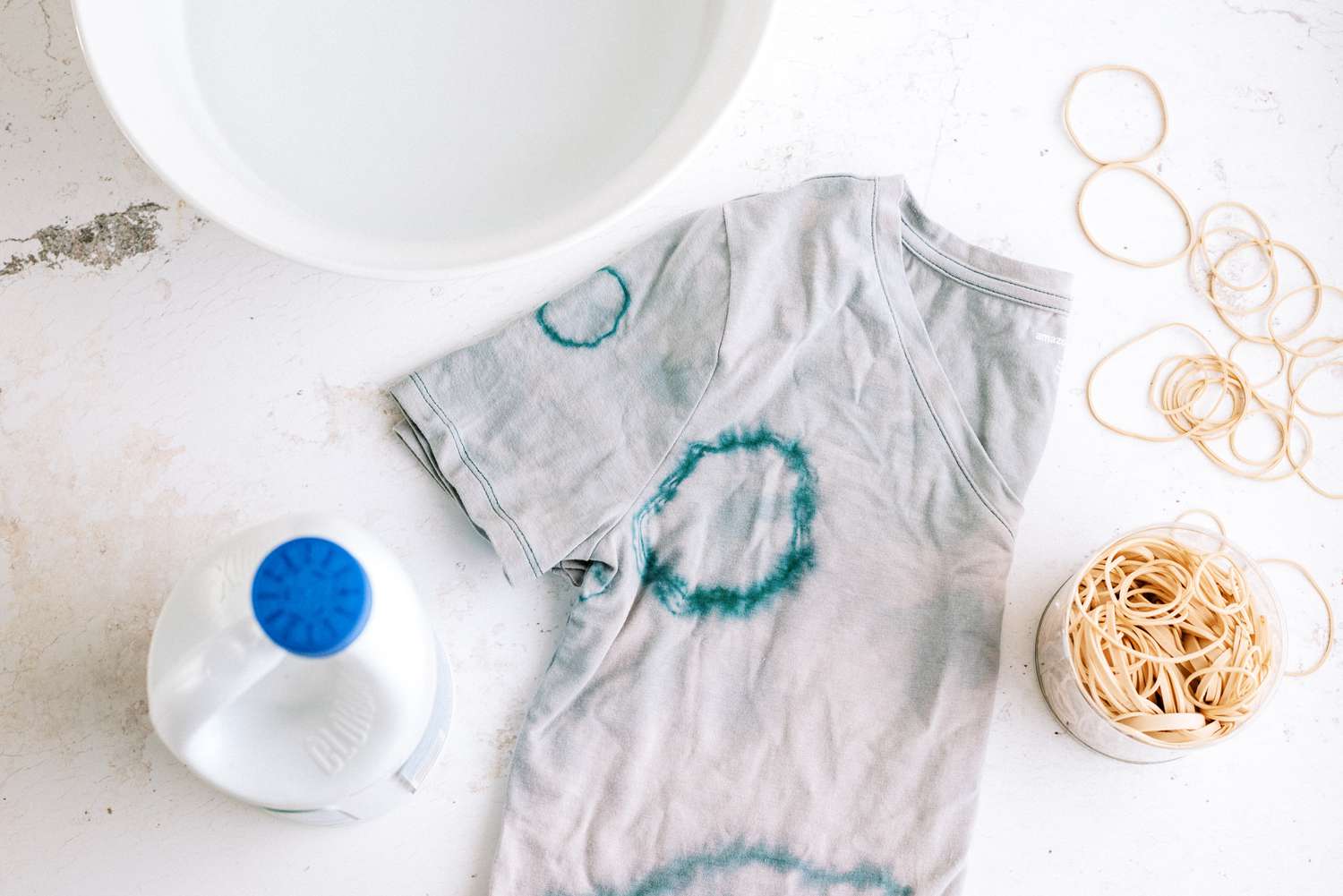

Bedroom Storage
How To Tell If Clothes Are Safe To Bleach
Modified: August 28, 2024
Learn how to determine if your clothes are safe to bleach. Find out essential tips for maintaining bedroom storage and keeping your clothes in great condition.
(Many of the links in this article redirect to a specific reviewed product. Your purchase of these products through affiliate links helps to generate commission for Storables.com, at no extra cost. Learn more)
Introduction
Welcome to the wonderful world of laundry! As we navigate through the constant challenge of keeping our clothes clean, sometimes we encounter stubborn stains or dull-looking fabrics that need a little extra attention. That’s where bleach comes in. Bleach is a powerful tool that can brighten and whiten your clothes, giving them a fresh and revitalized look.
However, before you grab that bottle of bleach and start pouring it into your washing machine, it’s important to determine whether your clothes are safe to bleach. Not all fabrics are created equal, and some may be more susceptible to damage from bleach than others. In this article, we will explore the factors to consider and the methods to use in order to determine whether your clothes can withstand the power of bleach.
Knowing whether your clothes are safe to bleach is essential to avoid irreversible damage. Bleaching clothes that are not compatible with bleach can lead to fading, discoloration, or even the breakdown of fibers. By understanding the signs to look for and conducting fabric tests, you can ensure that your clothes stay in excellent condition while still achieving that fresh and clean look.
So, let’s dive into the world of bleach safety and discover how to determine if your clothes are safe to bleach.
Key Takeaways:
- Preserve the quality and lifespan of your clothes by determining if they are safe to bleach. Visual inspection and fabric testing are essential for avoiding damage and achieving optimal cleaning results.
- Explore alternative methods like stain removers, hydrogen peroxide, and natural sunlight to brighten and refresh clothes if they are not safe to bleach. Protect your garments and maintain their cleanliness without compromising their quality.
Read more: How To Tell If Glass Is Oven-Safe
Importance of Knowing If Clothes Are Safe to Bleach
Understanding whether your clothes are safe to bleach is crucial to preserve their quality and longevity. Using bleach on fabrics that are not compatible can result in irreversible damage, leaving you with faded, discolored, or ruined garments. Here are a few key reasons why it’s essential to know if your clothes can withstand the power of bleach:
- Preserve the Appearance: Bleach is known for its ability to remove tough stains and brighten fabrics. However, if you use it on clothes that are not safe to bleach, you may end up with discoloration or damage. By identifying which clothes can be safely bleached and treating them accordingly, you can maintain their vibrant colors and keep them looking fresh and new.
- Extend the Lifespan: Different fabrics have specific care requirements, and exposing them to bleach when they should not can shorten their lifespan. For example, delicate fabrics like silk or wool can be easily damaged by bleach. By using bleach only on clothes that can handle it, you can extend the lifespan of your garments and get more wear out of them.
- Save Money: Clothing is an investment, and constantly replacing damaged items can be costly. By understanding which clothes are safe to bleach, you can avoid spending money on unnecessary replacements due to bleach-related damage. This knowledge allows you to take better care of your clothes and make them last longer.
- Protect the Environment: Bleach contains chemicals that can be harmful to the environment if not used properly. When you use bleach on clothes that are safe to bleach, you minimize the risk of accidental spills or contamination. This helps protect our water sources and ecosystem.
By recognizing the importance of knowing if clothes are safe to bleach, you can take the necessary steps to ensure the longevity and quality of your garments. Now that we understand the significance, let’s explore the factors to consider before bleaching clothes and how to determine if they are compatible with bleach.
Factors to Consider Before Bleaching Clothes
Before reaching for that bottle of bleach, it’s important to consider a few key factors to determine if your clothes are compatible with the bleaching process. Taking these factors into account can help protect your garments from potential damage and ensure successful bleaching results. Let’s explore the factors you should consider:
- Fabric Type: Different fabrics have different reactions to bleach. Some fabrics, like cotton and polyester, are generally safe to bleach, while others, such as silk and wool, are more delicate and may require alternative cleaning methods. Check the care label of your clothing to identify the fabric type or conduct a fabric burn test if the label is missing.
- Colorfastness: Bleach can cause colors to fade or change, especially on fabrics that are not colorfast. Colorfastness refers to the fabric’s ability to retain its color when subjected to various cleaning processes. Test the colorfastness of your clothing by applying a small amount of bleach to an inconspicuous area and observing any color changes.
- Stains: While bleach is effective at removing stains, not all stains are suitable for bleaching. Certain stains, such as those caused by dyes, can actually be set in further by bleach. Determine the nature of the stain and whether bleach is the appropriate solution. In some cases, pre-treating the stain with a stain remover before washing may be a better option.
- Garment Condition: The condition of the garment also plays a role in determining its bleach compatibility. Clothes that are already worn, frayed, or have weak fibers may not withstand the bleaching process. It’s important to assess the overall condition of the clothing and consider whether bleach may further damage the garment.
By taking these factors into account, you can make an informed decision about whether your clothes are suitable for bleaching. However, visual inspection alone may not always be enough to determine bleach compatibility. To ensure accuracy, it’s recommended to conduct fabric testing before proceeding with the bleaching process. We’ll explore fabric testing methods in the next section.
Visual Inspection: Signs That Clothes Are Safe to Bleach
Performing a visual inspection is a quick and easy way to determine if your clothes are safe to bleach. By carefully examining the fabric and considering specific signs, you can make a preliminary assessment of bleach compatibility. Here are some visual cues to look for:
- Label Instructions: Check the care label on your clothing for any specific instructions regarding bleaching. The label may indicate whether the garment is safe to bleach or recommend alternative cleaning methods.
- White or Light Colors: Generally, white or light-colored fabrics are more likely to be bleach-safe. These colors are less likely to fade or discolor when exposed to bleach. However, it’s still important to consider other factors like fabric type and garment condition.
- Pattern or Print: Take note of any patterns or prints on the fabric. If the garment has intricate designs or delicate detailing, it may not be suitable for bleach as it could cause color bleeding or distortion of the patterns.
- Fabric Density: Fabrics with a tight weave or high density are typically more resistant to bleach damage. This is because the bleach has a harder time penetrating the fibers, reducing the risk of discoloration or weakening the fabric.
- Visible Stains: Assess any visible stains on the clothing. If the stains are primarily caused by food, sweat, or other organic substances, bleach may be effective in removing them. However, if the stains are caused by dyes or chemicals, bleach may do more harm than good.
- Presence of Embellishments: Consider if the garment has any decorative elements such as beading, sequins, or embroidery. These embellishments may not be compatible with bleach and could become damaged or discolored.
While visual inspection is a useful starting point, it’s important to note that it may not provide a conclusive answer regarding bleach safety. To ensure accuracy, fabric testing is recommended. Let’s explore some fabric testing methods to further determine if your clothes can withstand bleach.
Check the care label on the clothing item. If it says “do not bleach” or “only non-chlorine bleach when needed,” then it is not safe to bleach. If there are no instructions, do a spot test in an inconspicuous area to check for colorfastness.
Fabric Testing: Determining Bleach Compatibility
While visual inspection can provide some insight, fabric testing is the most effective way to determine the compatibility of your clothes with bleach. By conducting simple tests, you can assess how the fabric reacts to bleach and make an informed decision. Here are a few fabric testing methods to consider:
- Colorfastness Test: In a discreet area of the garment, apply a small amount of bleach and gently rub it in. Blot the area with a clean cloth and observe for any color changes or fading. If there is no noticeable color change, the fabric is likely colorfast and can safely be bleached. However, if the color fades or changes, it is best to avoid using bleach on the garment.
- Spot Test: Similar to the colorfastness test, choose a hidden or inconspicuous area of the fabric and apply a small amount of diluted bleach. Follow the instructions on the bleach packaging for the correct dilution ratio. Leave the bleach on the fabric for the recommended amount of time and then rinse thoroughly. Examining the spot after rinsing will give you an idea of how the fabric reacts to bleach.
- Sample Test: If you have a small piece of fabric from a garment that is similar in composition to the one you wish to bleach, perform a sample test. Use the same bleach concentration and process as you would for the actual garment. By observing how the sample fabric reacts to bleach, you can make an informed decision about using bleach on the entire garment.
- Professional Guidance: If you are uncertain about whether your clothes can be safely bleached, consult a professional dry cleaner or textile expert. They can provide guidance based on the fabric composition, condition, and any specific care instructions for the garment.
By conducting fabric testing, you can gain confidence in knowing whether your clothes are compatible with bleach. These tests help ensure you don’t risk damaging your favorite garments and can achieve the desired results when using bleach.
But what if you find out that your clothes are not safe to bleach? Don’t worry – there are alternative methods to brighten and refresh your clothes without using bleach. Let’s explore some of these alternatives next.
Read more: How To Bleach Sink
Alternative Methods to Bleach Clothes
If you discover that your clothes are not safe to bleach or prefer to avoid using bleach altogether, there are alternative methods you can explore to brighten and refresh your garments. These methods can be effective in tackling stains, odors, and maintaining the overall cleanliness of your clothes. Here are a few alternatives to consider:
- Stain Removers: Instead of bleach, opt for stain removers specifically designed to tackle different types of stains. There are various commercial stain removers available that can effectively eliminate stubborn stains without the need for bleach. Follow the instructions on the product label for best results.
- Hydrogen Peroxide: Hydrogen peroxide is a mild and safe alternative to bleach. It can be used as a stain remover and fabric brightener. Dilute hydrogen peroxide with water in a 1:1 ratio, apply it to the stained area, and let it sit for a few minutes before washing as usual. Remember to always spot test before applying hydrogen peroxide to ensure it doesn’t cause any unwanted color changes.
- Vinegar: Vinegar is a versatile natural cleaning agent that can remove odors and freshen clothes. Add half a cup of white vinegar to your laundry during the rinse cycle to help remove buildup and brighten fabrics.
- Baking Soda: Baking soda is another effective alternative for brightening and deodorizing clothes. Add half a cup of baking soda to your laundry along with your regular detergent to help remove stains and freshen the fabric.
- Natural Sunlight: Hang your clothes outside on a sunny day. The natural sunlight can help brighten white fabrics and remove mild stains. However, be cautious with colored fabrics, as sunlight can cause fading over time.
- Steam Cleaning: For delicate fabrics that cannot be bleached or washed, consider using a steam cleaner. The high temperature of steam can help sanitize and refresh the fabric without the need for bleach or harsh chemicals.
These alternative methods provide you with options to care for your clothes without resorting to bleach. Experiment with different methods and find the ones that work best for your specific garments and cleaning needs.
Before we wrap up, let’s summarize what we’ve learned about determining bleach compatibility and explore some final thoughts.
Conclusion
Knowing whether your clothes are safe to bleach is crucial to maintaining their quality, appearance, and longevity. By considering factors such as fabric type, colorfastness, and garment condition, you can make an informed decision about using bleach. Visual inspection and fabric testing are valuable methods to determine the compatibility of your clothes with bleach.
If your clothes are not safe to bleach or you prefer to avoid using bleach, there are alternative methods available. Stain removers, hydrogen peroxide, vinegar, baking soda, natural sunlight, and steam cleaning are effective alternatives for brightening, freshening, and removing stains from your garments.
Remember to always follow the care instructions on your clothing labels and conduct spot tests before applying any cleaning method to avoid potential damage. Consulting a professional dry cleaner or textile expert can provide further guidance if you’re uncertain about how to proceed.
By taking the time to assess the compatibility of your clothes with bleach and exploring alternative methods, you can maintain the quality of your garments, extend their lifespan, and save money in the long run. Keep in mind that proper care and maintenance will ensure your clothes stay fresh, clean, and looking their best.
So, next time you reach for the bleach, take a moment to consider whether your clothes are safe to bleach or if an alternative method would be more suitable. By making informed choices, you can confidently tackle stains, refresh fabrics, and enjoy clothes that look pristine and well cared for.
Frequently Asked Questions about How To Tell If Clothes Are Safe To Bleach
Was this page helpful?
At Storables.com, we guarantee accurate and reliable information. Our content, validated by Expert Board Contributors, is crafted following stringent Editorial Policies. We're committed to providing you with well-researched, expert-backed insights for all your informational needs.
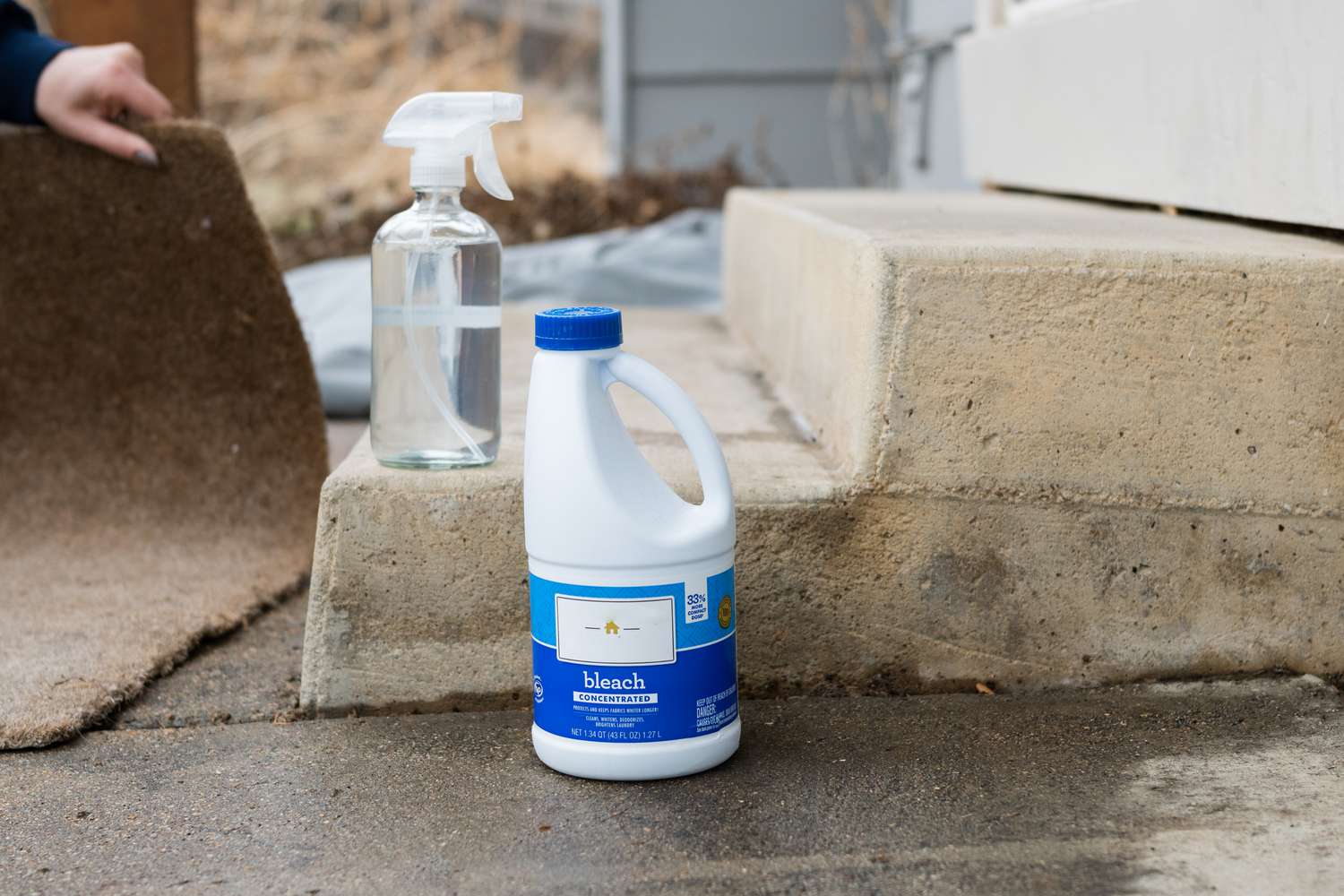
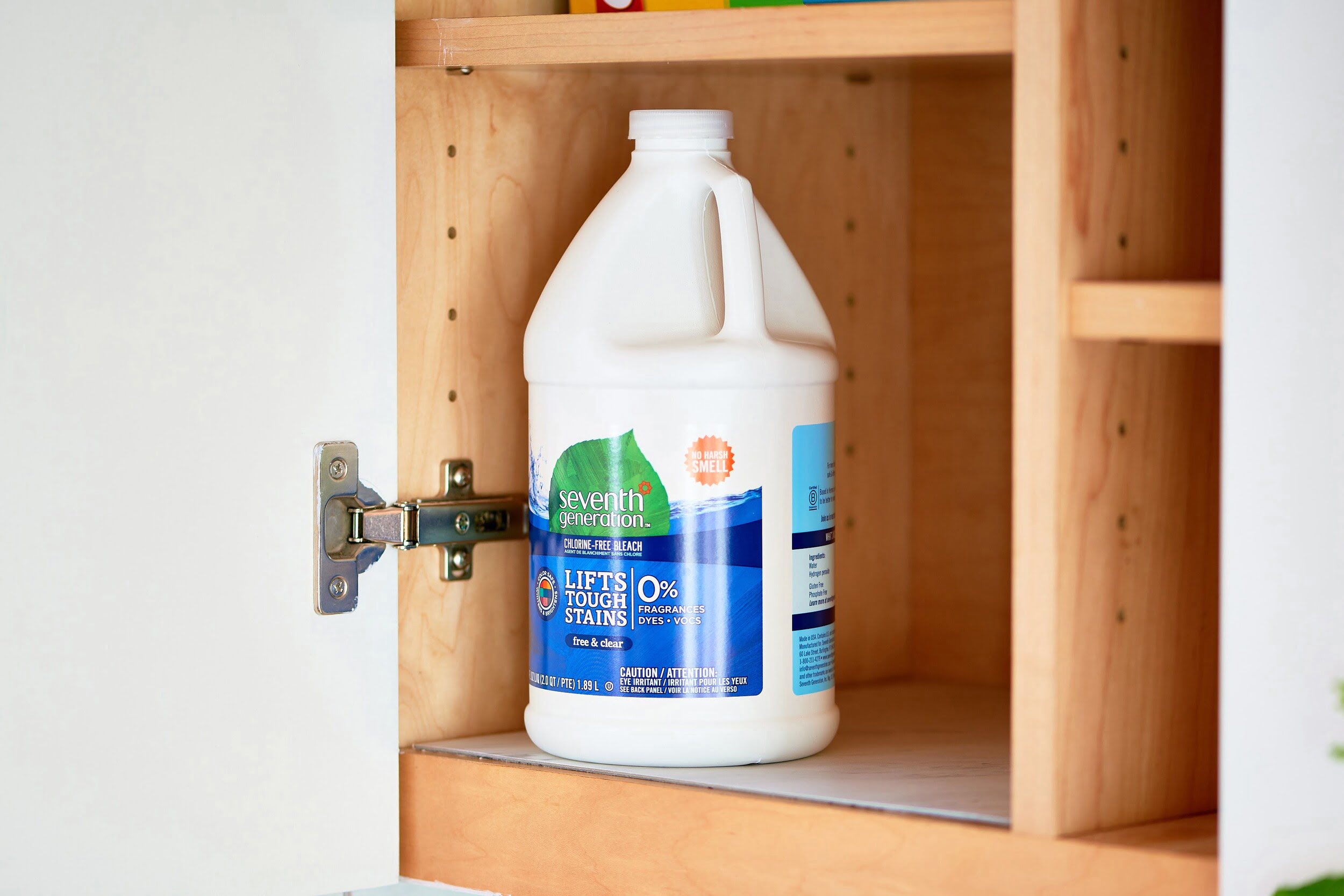
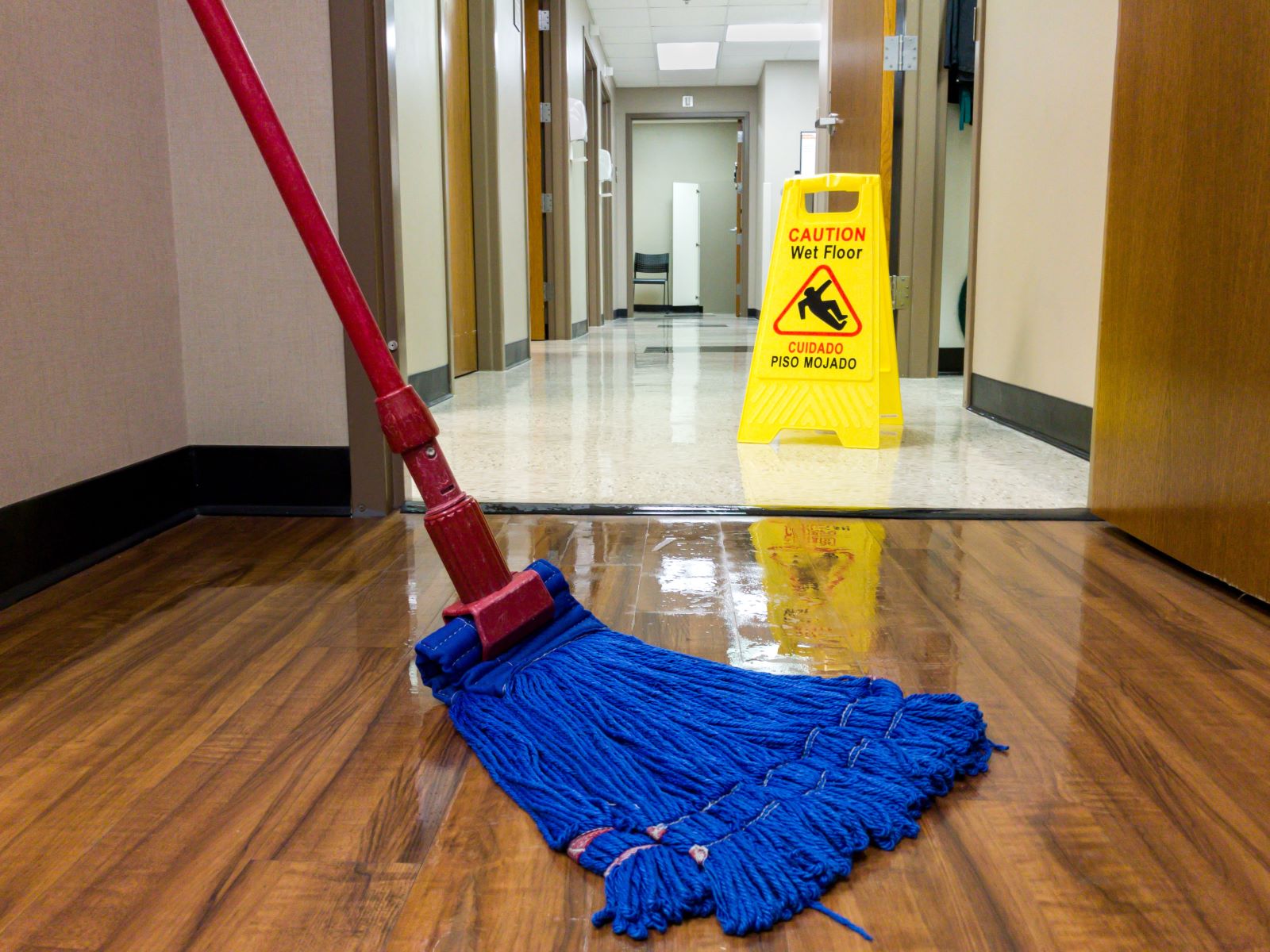
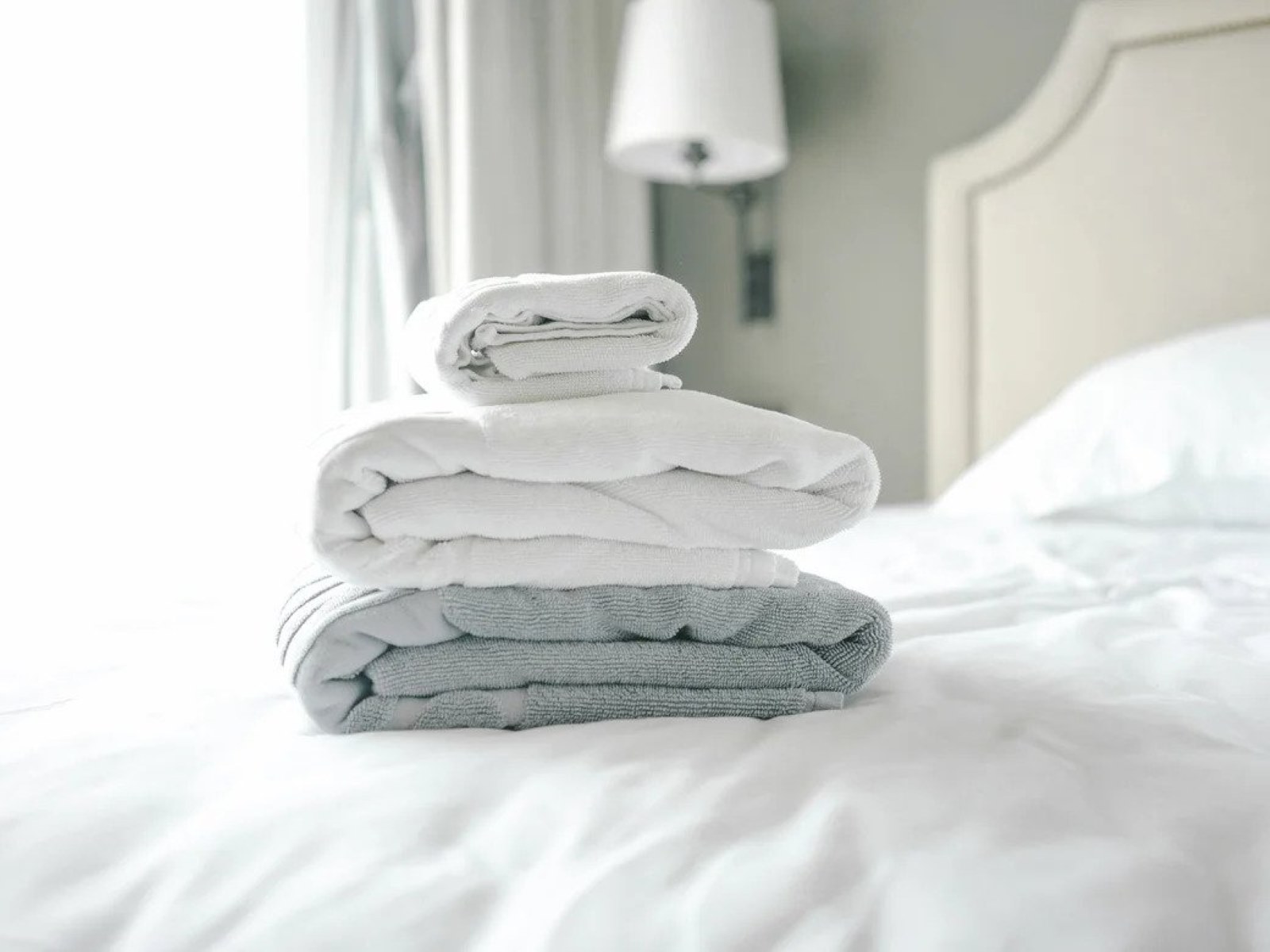
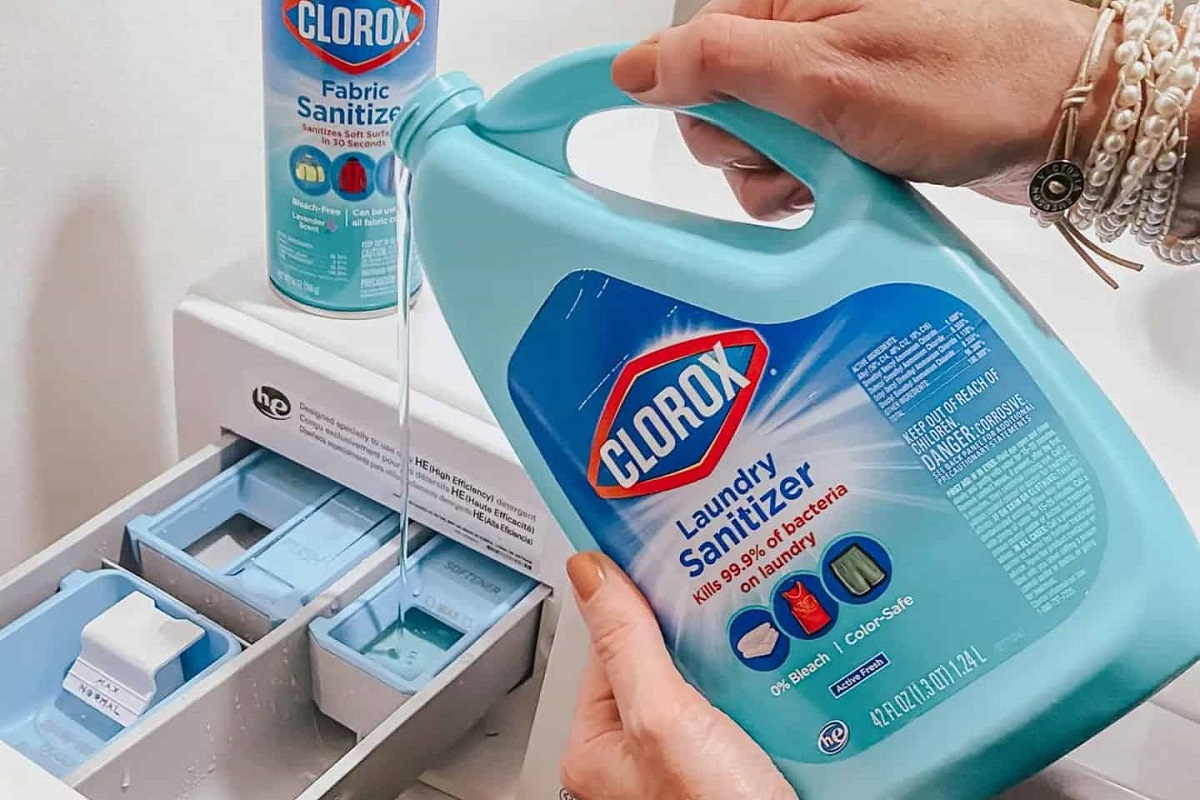
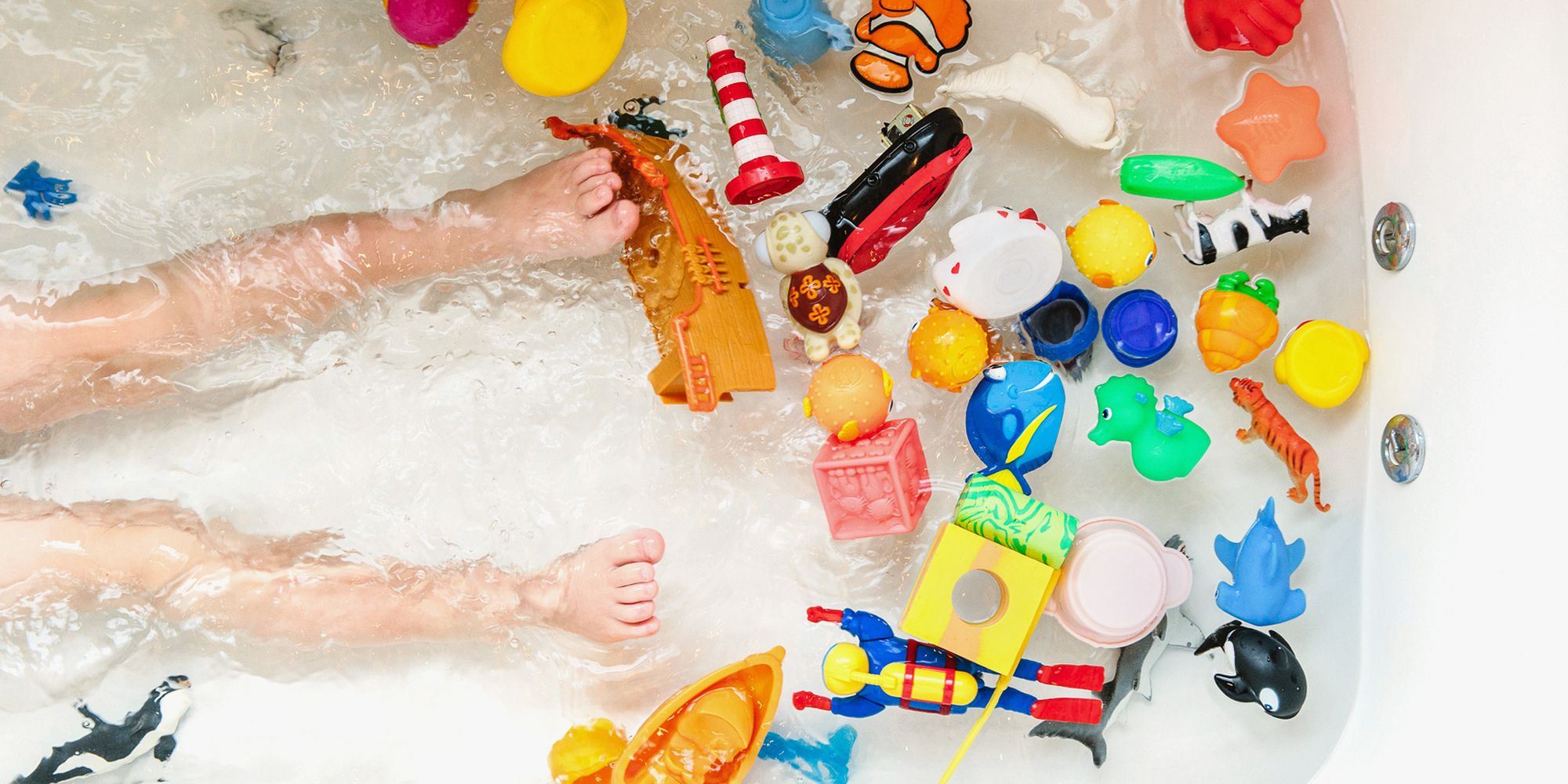

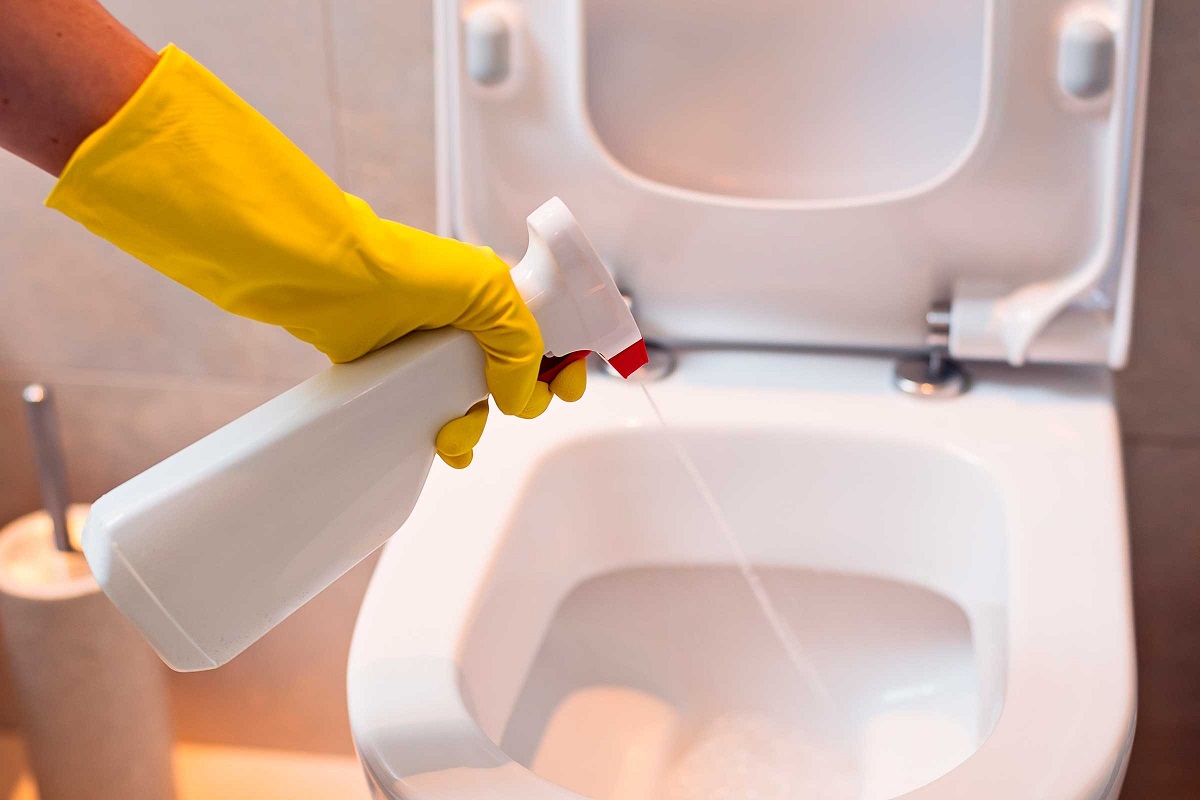
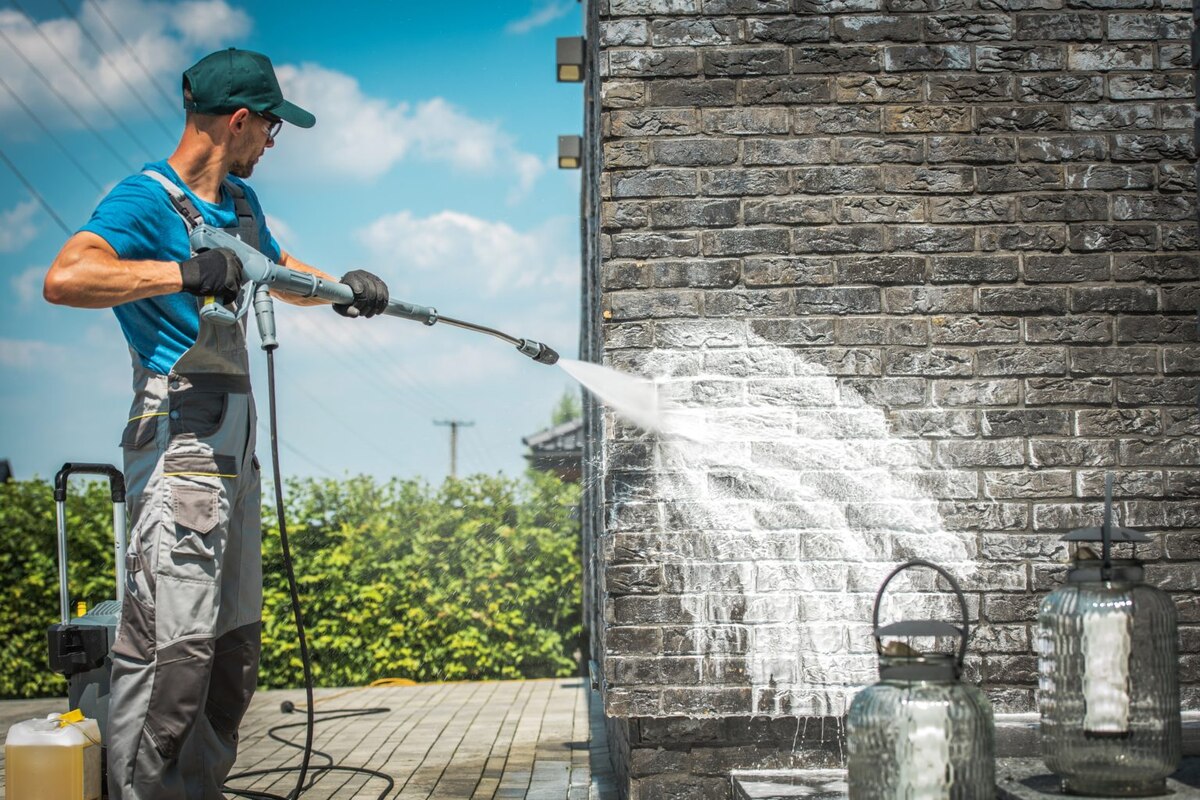
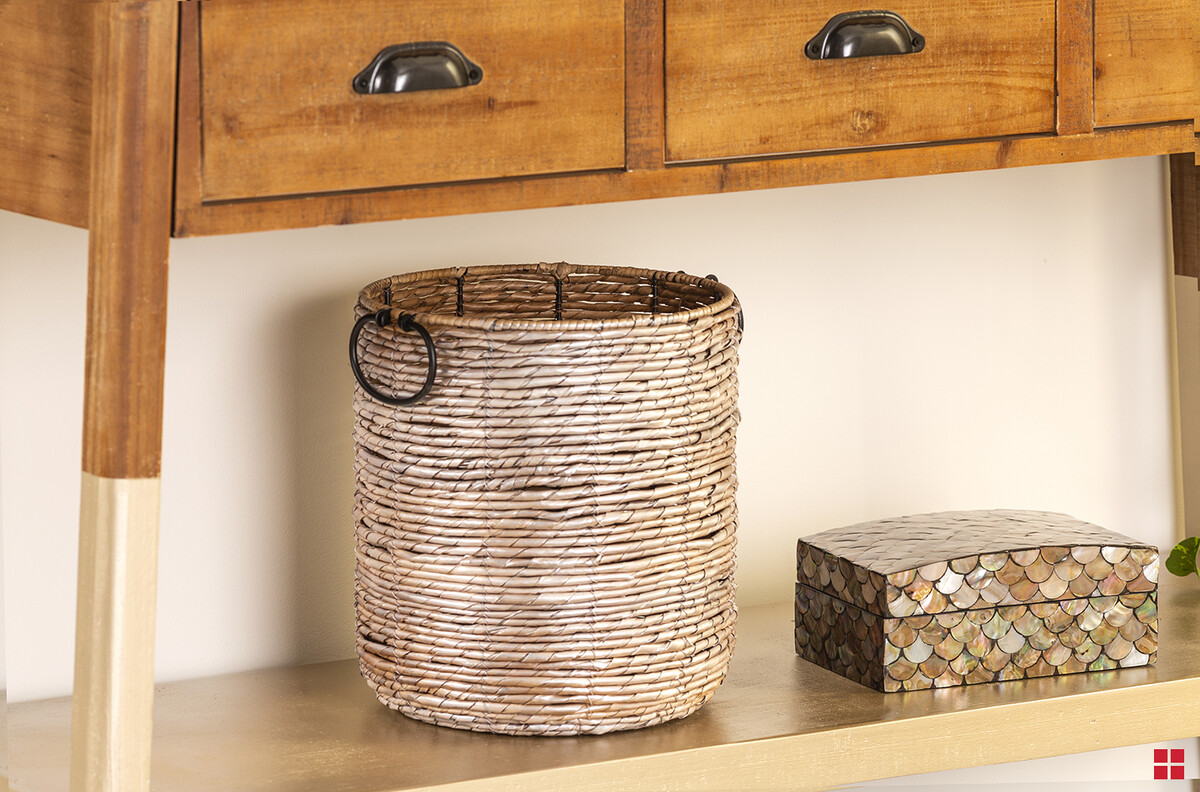
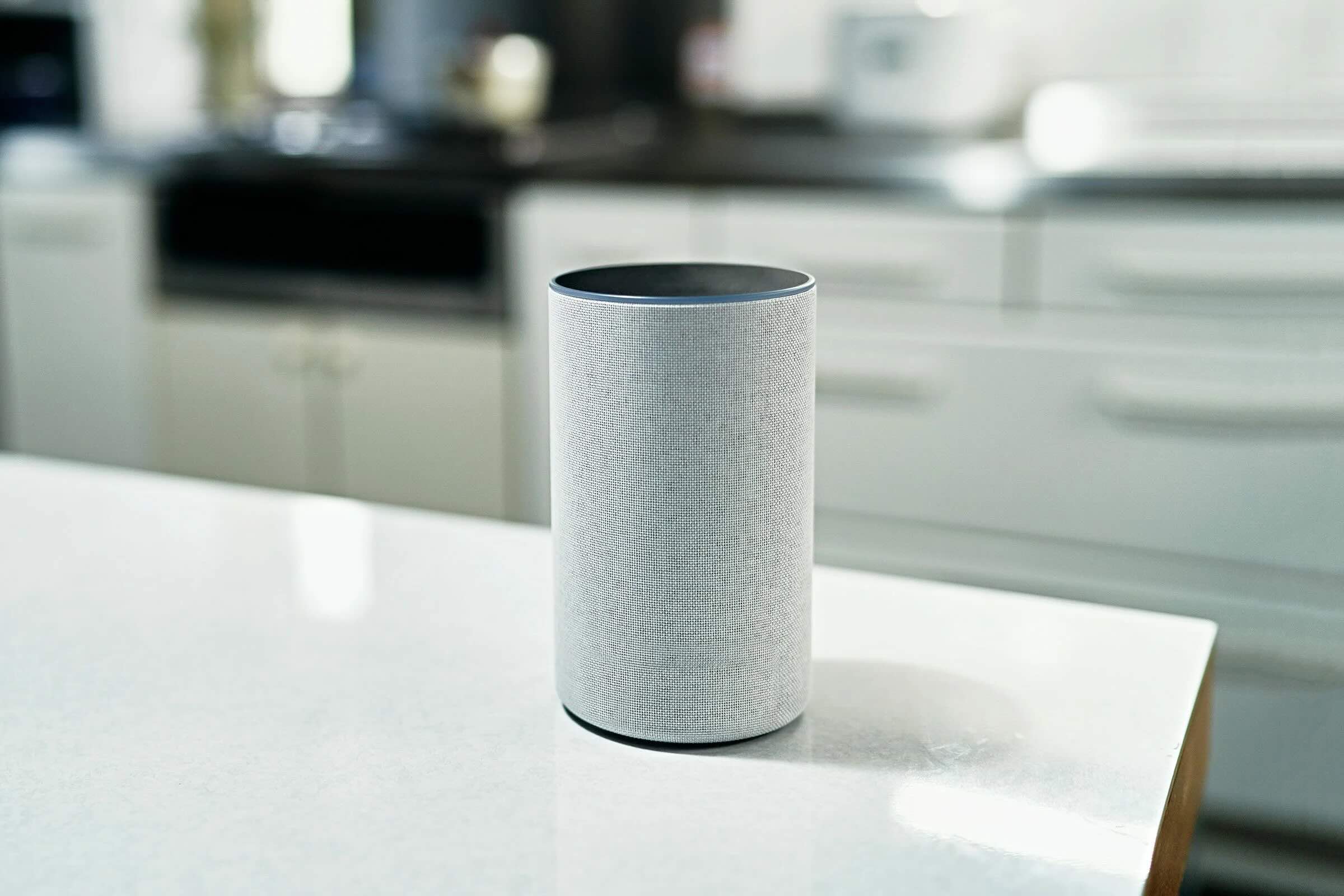
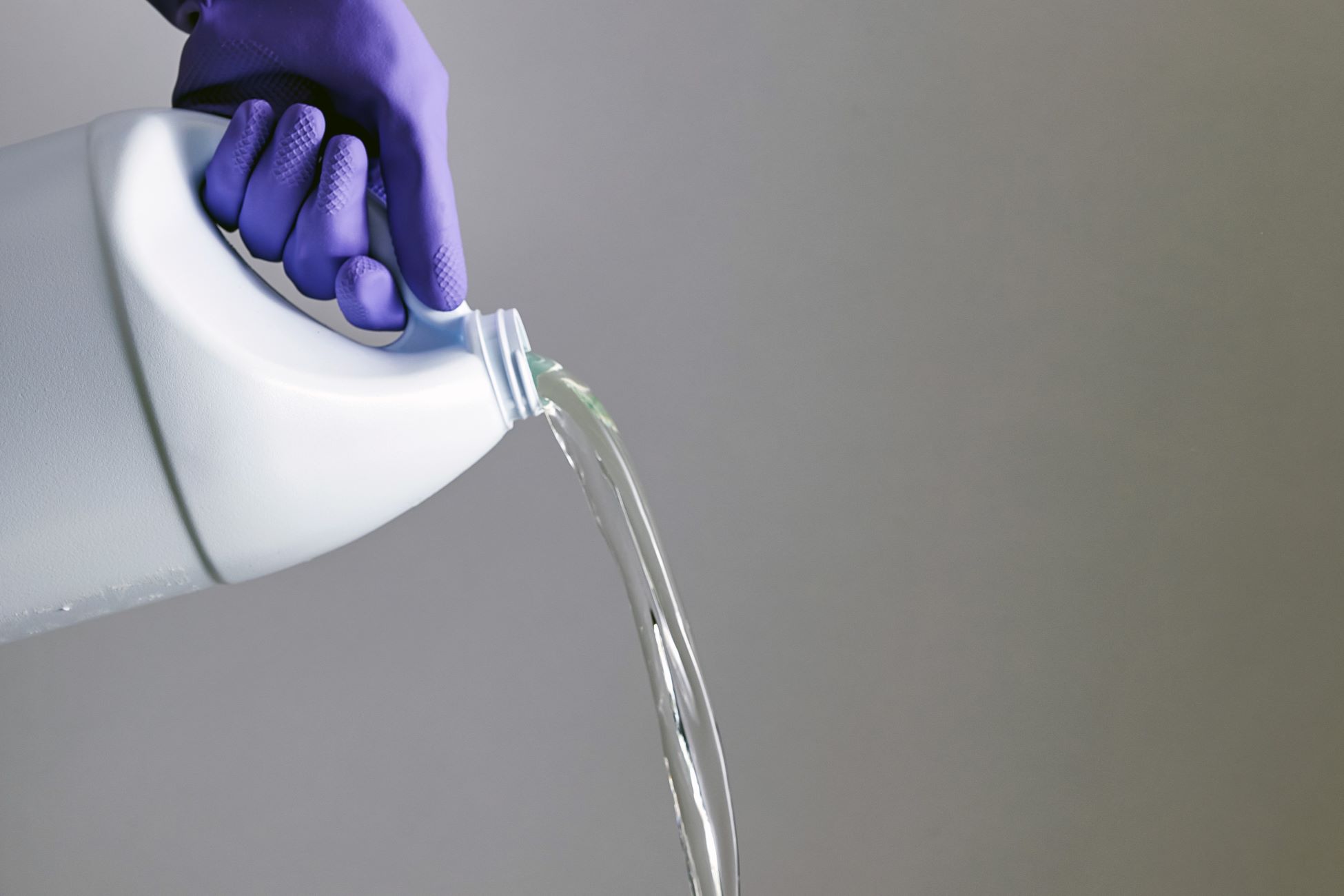
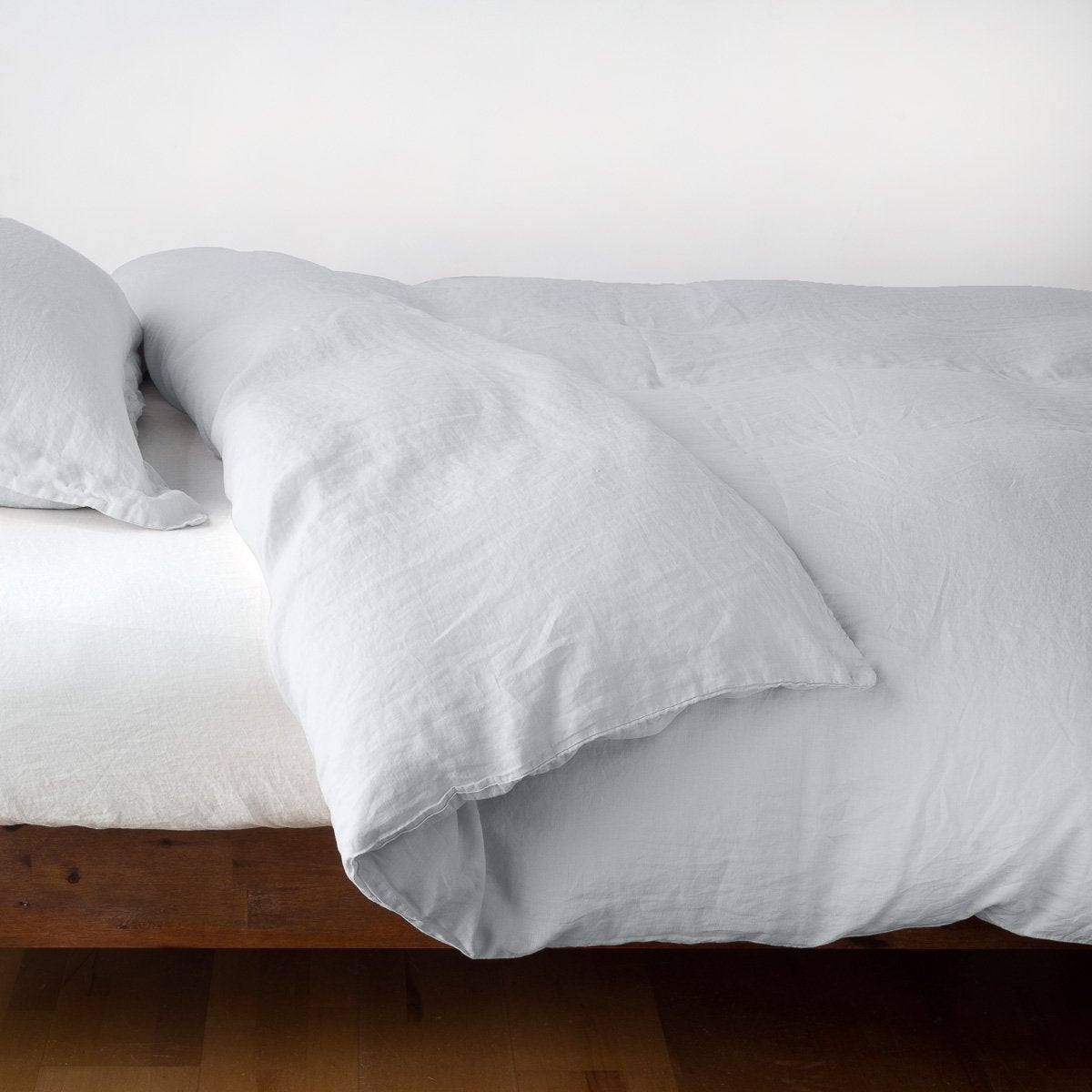
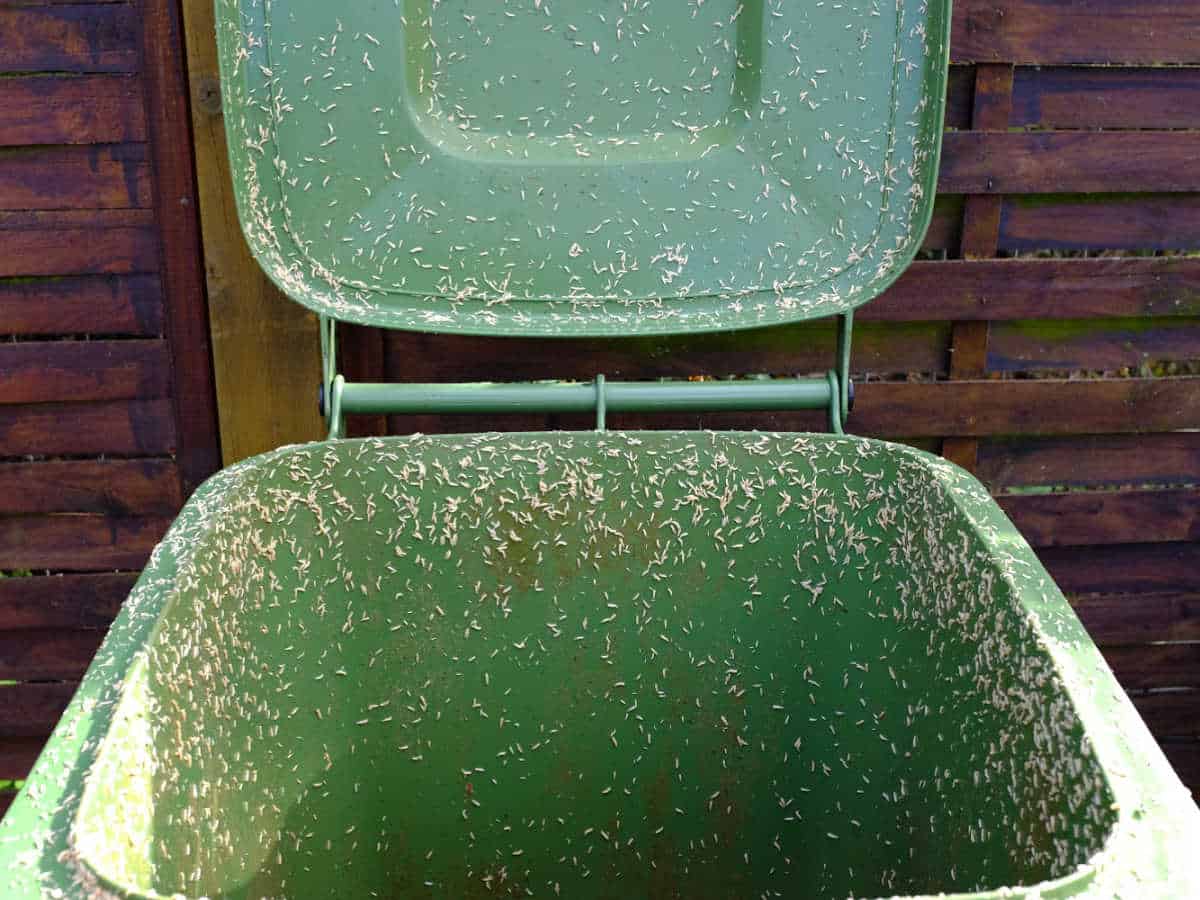

0 thoughts on “How To Tell If Clothes Are Safe To Bleach”